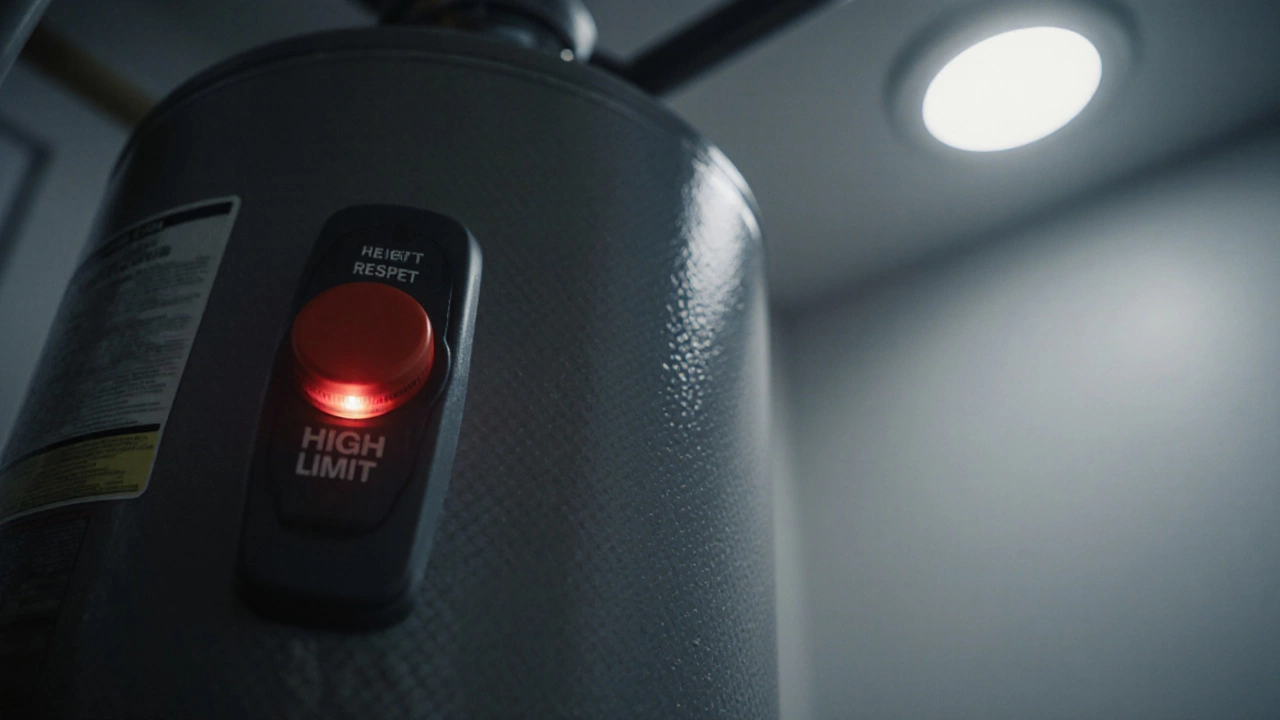Learn why hot water heater reset buttons trip, common causes like faulty thermostats or sediment, and step‑by‑step fixes to keep your heater running safely.
Heating Element Failure: What It Is and How to Fix It
When working with heating element failure, the loss of heat generation in an appliance because the heating component is broken or burnt out. Also known as element breakdown, it can shut down ovens, water heaters, dryers, and even electric stoves. A typical sibling is the oven heating element, the metal coil that turns electric power into bake heat, while the water heater heating element, the immersed coil that raises water temperature suffers similar wear. The dryer heating element, the ribbon that generates hot air to dry clothes can also go out. Knowing these pieces lets you spot the problem before it destroys the whole appliance.
Common Reasons and Quick Checks
Heating element failure encompasses cracked coils, burned segments, and loose connections. In most cases the element itself is the culprit, but a weak thermostat, a tripped fuse, or corroded wiring can also trigger the loss of heat. For example, a faulty thermostat influences the element by cutting power prematurely, while a loose terminal requires a tight screw to let current flow. The first step is to unplug the appliance and visually inspect the element for any breaks, discoloration, or melted spots. Next, check the continuity with a multimeter; a reading of infinite resistance means the element is dead. If the element checks out, move on to the thermostat, thermal fuse, or control board—these devices manage the power that reaches the coil.
Most homeowners can handle the basic tests with a screwdriver and a cheap multimeter, but replacing the element itself often means ordering a model‑specific part and removing a few screws or fasteners. When you swap an oven heating element, make sure the new coil matches the voltage and wattage rating—mixing up a 240 V part for a 120 V socket will scorch the wiring. Water heater elements come in two common sizes, 4 kW for standard 40‑gallon tanks and 5 kW for larger models; picking the wrong size can overload the circuit breaker. Dryer heating elements are usually a long metal ribbon; they’re cheap and straightforward, but the housing must stay snug to avoid hot spots. After any replacement, run the appliance through a short cycle to confirm heat returns, then monitor for a few days to catch any lingering issues. Below you’ll find a curated set of guides that walk you through diagnosing and fixing heating element problems across ovens, water heaters, dryers, and other appliances, so you can get your home back to a comfortable temperature fast.
